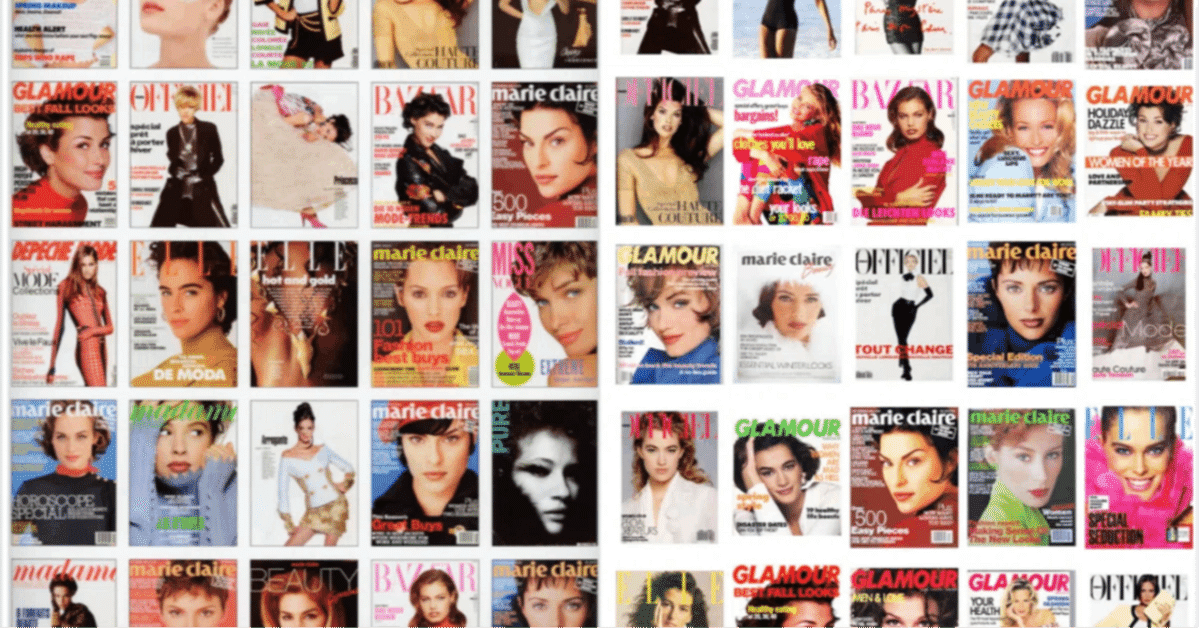
[NEXUM CREATOR'S INTERVIEW] What is the essence of creativity with master Hiromasa Sasaki?
日本語ページはこちらから
NEXUM JAPAN, which started as a community site for creators, has started a series of interviews called "CREATOR'S INTERVIEW." They look back on the lives of various creators active in the industry and consider the nature of creativity.
The first interview is with Hiromasa Sasaki, a world-renowned photographer who has been active in Paris and New York for about 40 years and has taken covers for many famous magazines.
He originally came to the US to become a musician, but in the 1990s he became a world-renowned photographer who secured cover contracts for various fashion magazines. We will
explore how Hiromasa started his career as a photographer in New York and Paris, where there were still few Japanese people at the time, the differences between the fashion industry then and now, and the essence of creativity in the future.
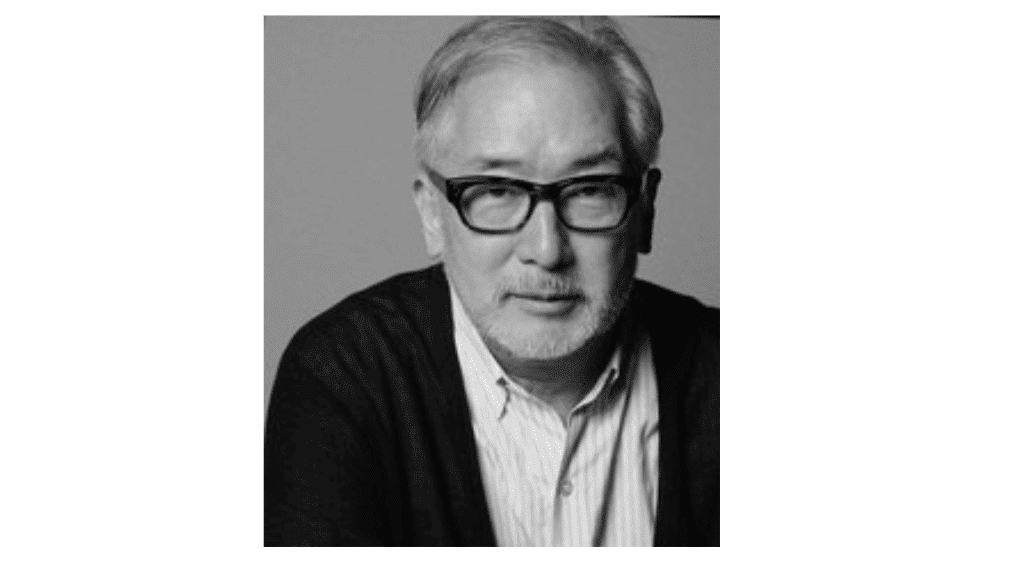
Hiromasa Sasaki
After studying photography at the Fashion Institute of Technology (FIT) in New York, he worked as a technical assistant for Steven Meisel, Lothar Schmid, Marco Glaviano, and others before making his debut in ELLE (French edition). In the 1990s, he signed cover contracts with GLAMOUR US and Marie Claire UK, and his elegant style gained popularity, leading him to work as a fashion and beauty photographer in New York and Paris for L'OFFICIEL /Paris, Vogue/Germany, DutchBazaar, and other publications. He then returned to Japan before COVID-19 and began working again, focusing on editorial mode and celebrities for Japanese publications such as VOGUE JAPAN, GQ, and L'Officiel JAPON, and continues to work as an AD and promotional photographer for web magazines.
NEXUM PROFILE: https://nexumjapan.com/users/5476
◾️Please tell us what you are currently doing.
Now I mainly run a photography training institute called "Master Class", give extracurricular classes at Yamano Beauty College, and take portraits of the general public. Of course, I also do fashion photography and direct photo shoots, just as I have done in the past.
◾️You were aiming to become a musician before deciding to become a photographer. What led you to pursue photography?
Yes, I was originally in a music club in college and I loved music. I went to New York in my 20s because of music, but at the time I wasn't really doing music seriously, I just went to various clubs every day to listen to my favorite musicians as long as I had money. But then I
realized that music wasn't for me.
At that time there were still very few Japanese people in New York, so I thought it would be impossible for a Japanese person to enter the music industry in New York. But I started to think that it would be okay if I was a Japanese photographer, so I decided to become a photographer.
By chance, my girlfriend at the time (now my wife) was attending the Fashion Institute of Technology (FIT), so she recommended that I attend the school, and that's what got me started. FIT also had several photographers who shoot for Harper's BAZAAR giving classes, so I think that has had a big influence on my career now. It was a very good experience to be able to take classes with real voices from the field. This experience is very relevant to my current master classes.
◾️Could you tell us about your time as an assistant and how you developed your career after that?
-I was very lucky during my time as an assistant
. I was able to assisted Steven Meisel, Lothar Schmidt, Marco Glaviano, and others, and I was always able to meet great photographers after that.
Speaking of my time as an assistant, for example, Steven Meisel actually had no knowledge of cameras. So I and other assistants supported him on the technical aspects. But I think he has a great sense of photography and a great sense of fashion.
Around that time, I also met many great artists of the time. Jean-Michel Basquiat, Keith Haring, Duran Duran, Andy Warhol, etc. I had a wonderful encounter with so many artists. -After gaining experience as an assistant for them for about four or five years, I went
independent
. At the time I became independent, there was an unspoken rule that photographers who assisted in New York had to go abroad once. Fashion photographers had two choices: Paris or Milan. I decided to go to Paris, and at the time I was thinking that if I were to work for a magazine there, it would either be Marie Claire or ELLE. I was lucky enough to get a job at ELLE, and that's where my career began.
◾️How did you land the job with ELLE when you made your debut in Paris?
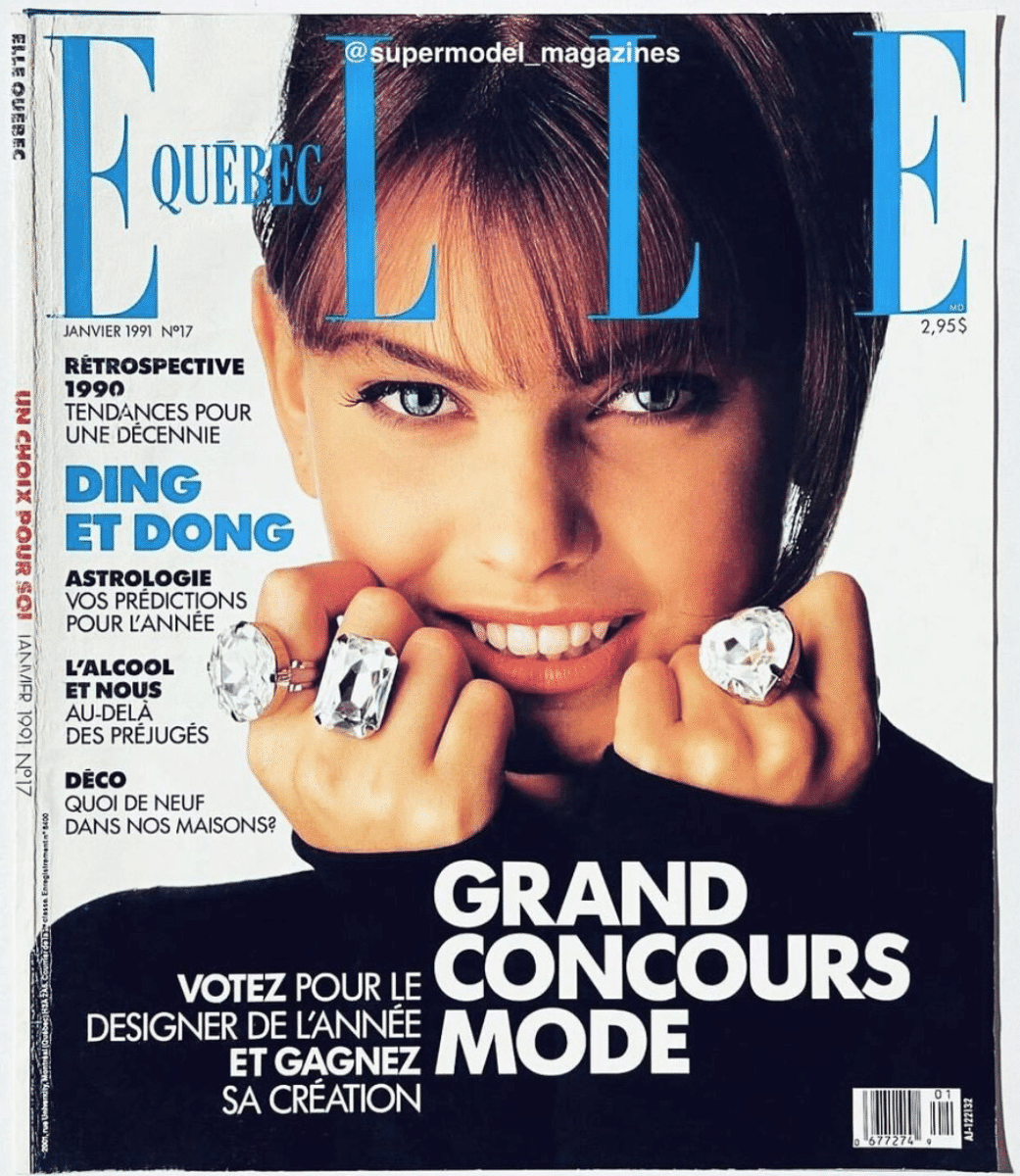
At that time, the system was to take your portfolio to the magazine company and leave it there. There was a day a week, and I was able to take my portfolio there on that day.
To be honest, I was very lucky here too. When I took my portfolio there and left it there, a tall man called out to me on the spot. That man was Fouli Elia, the director of ELLE at the time. I still remember
it well. He asked me, "What does your mother call you?" and when I answered, "Hiro," he asked me, "Can I call you Hiro too?" and it all started from there.
That day, he told me to come to the company the next morning at 9:00 a.m. because he would introduce me to the art director. I thought the interview would start at 9:00 a.m., but he trained me from how to knock on the door and how to greet people. It was my first experience like that overseas. I was really grateful. After
that, I received a lot of training from Peter Knapp, Yves Gouve, and other art directors of ELLE at the time. Then I was able to shoot the cover.
◾️In the 90s, you had cover contracts with US GLAMOUR and UK's MARIE CLAIRE. Could you tell us more about your cover contracts?
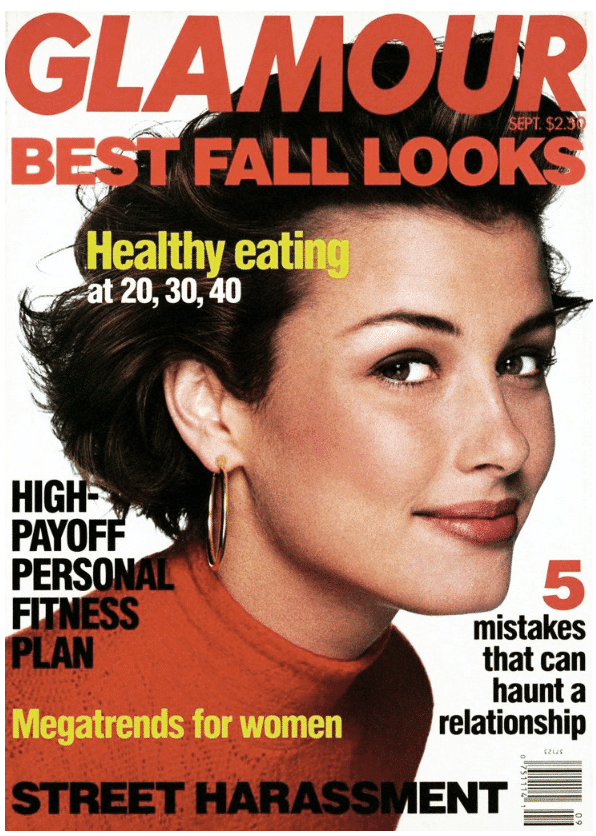
Actually, the editors and creators I had worked with in New York when I was an assistant had checked the cover of ELLE that I had shot in Paris, and as soon as I returned to New York, I received an offer to do the cover. That's how I became the cover photographer. The
magazine industry at that time was competitive, and they were always looking at numbers. Of course, the photographer who took the cover was also responsible, and they had to make sales. It was a time when selling 2 million copies was considered amazing. At the time, Vogue US was selling around 1.6 million copies, and the magazine with the cover of US GLOMOUR that I shot (pictured above) sold 2.7 million copies. That's when I started getting offers for cover contracts.
So I continued to have cover contracts with US GLAMOUR and MARIE CLAIRE in the UK. At that time, it was OK to get cover contracts with multiple companies in different countries.
◾️The cover shoots back then seem to have been different from today. Could you tell us a little about the characteristics of the shoots back then?
At that time, I was really obsessed with numbers, so I tried seven cover attempts in one month. I would try seven cover shoots over two or three days. I would try shooting the same model with different photographers, hair and makeup, and styling. I really was obsessed with it because I couldn't win the competition unless I did that much. For logos, if I used the same color twice, the numbers would go down, so I calculated and changed the color.
Also, I spent a lot of money on shooting at that time. HMI lighting was just starting to become popular at the time, and it can create light like sunlight. It's very expensive, but I used it. I think that in order to sell in advertisements and not just magazines, it was a competition to spend money to improve the quality.
Compared to that, I feel that now we are in an era where we can shoot without spending more money than back then. At that time, we had to pay for film, but now we don't have to pay for that either.
◾️ I think the magazine and photography industries are changing with the times. Is there anything in the creative industry that you are paying attention to these days?
I don't know if I can say I'm paying attention to it, but I think the creativity of Korea right now is really amazing. K-POP and the like. The dance and music are excellent, and they're spending a lot of money to thoroughly improve the quality.
I think their stoicism is really amazing.
◾️Just as the industry is changing, the meaning of creativity and photography is also changing rapidly with the spread of smartphones and social media. What do you think about that?
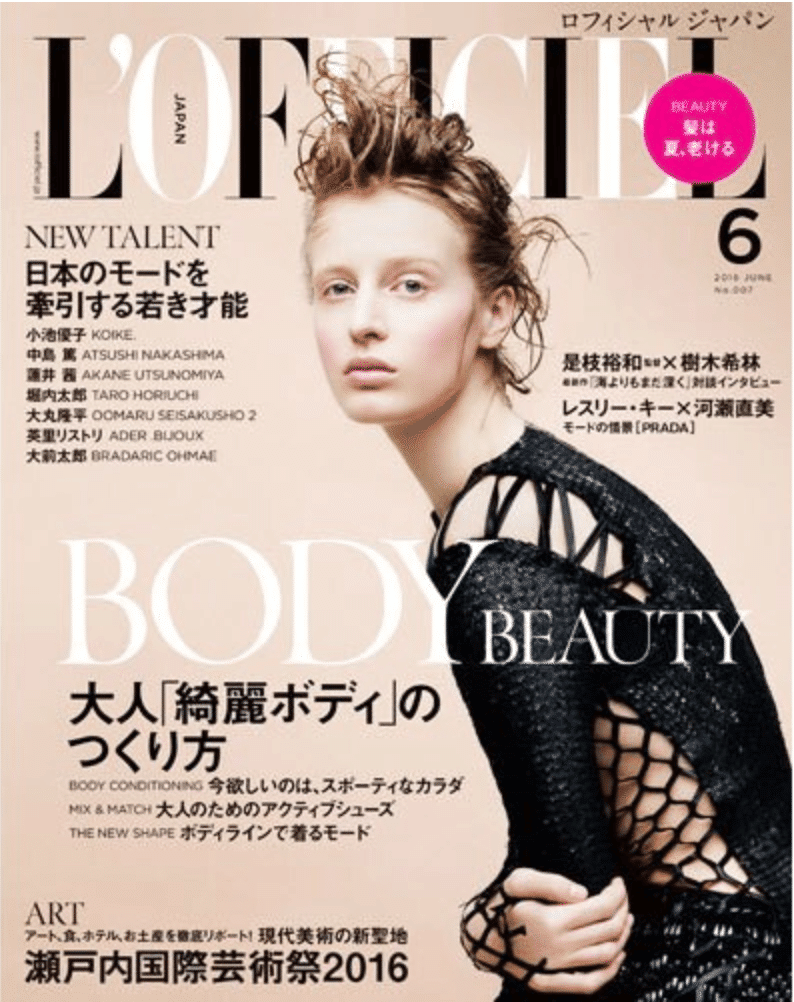
Now that we live in an age where anyone can take photos, I think the meaning of photography has really changed. Originally, photography meant recording or capturing a moment, but now, due to the influence of social media, it has become an age where looking good is important, and technical aspects are emphasized. In the past, the meaning and role of photography was to capture the truth as a record, but now it is about how to process it to make it look beautiful, and it is no longer about capturing the truth. However,
even in this age where processing photos has become commonplace, what is interesting is that film is becoming popular again, and there are people who try to go back in time. So, in the future, the meaning and role of photography may go back to what it was in the past.
Also, the hurdles to becoming a photographer have changed from the past, and now I feel that there are more people who have other main jobs, such as weekend photographers, and take photos as a side job. In this age where anyone can take photos, you can call yourself a photographer without spending money or making an effort. I think
the assistant system in the fashion industry has also changed from the past. In the past, it was all about guts, and they were rigorously educated and drilled into techniques and philosophy. But looking around me, I think that this is no longer the case.
When I look at social media, I feel that people are often focused on how to make money easily and without spending time. But when I was an assistant, I spent hours developing film in the darkroom and redoing it over and over again. I think that time was important. I think there is value in taking time and doing tedious work. Nowadays, people
don't spend that much time editing photos. But I still spend time trying to improve the quality of each photo because of my old habits. When I do that, people think, "What are you doing?" But I can't be satisfied unless I do that.
◾️We also think that taking the time to improve quality is very important. Nowadays, we can take high-quality photos and videos with our smartphones, and they can be easily edited. What do you think about that?
I think it's good. I've seen movies shot and edited with a smartphone, and I was surprised at how high the quality was. I really think that technology depends on how you use it, and in this day and age, how we use technology is a big issue. At
the same time, I think we live in a very interesting time. I'm looking forward to seeing how the meaning and value of photography, as well as technology, will change in the future.
◾️Finally, do you have any message for today's young creators?
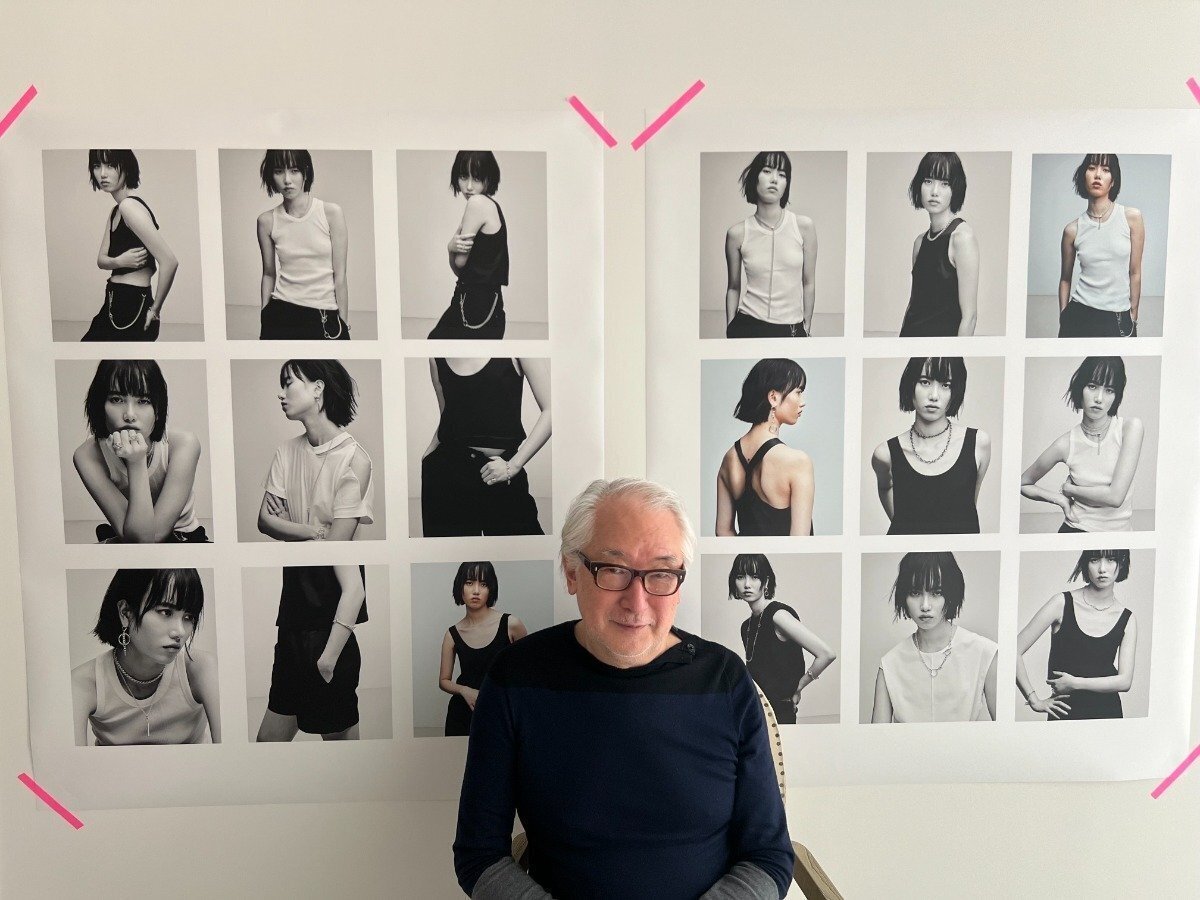
Nowadays, smartphones and digital cameras are widespread, and many people know how to use digital technology, but I feel that many of them lack content. I think this is because smartphones and digital cameras do everything automatically.
I would like people who are into photography to value "photography" a little more. I would like them to rethink the meaning of photography. I think that photographers who don't understand the reason and only know how to use it are missing something essential. I would like them to face photography and the art of photography more.
______________________
On June 22nd and 23rd, 2024, an exhibition of Hiromasa's master classes will be held at EXPERIMENT GALLERY in Shibuya. Please come and see the diverse photographic works that have been cultivated under Hiromasa's guidance.
For more details, please click here ↓
https://nexumjapan.com/specials/366
Interview Marino Asahi & Nao Sanada
Text and Edit Marino Asahi
